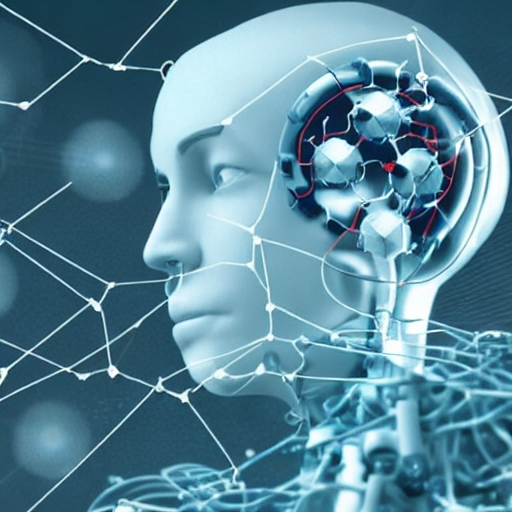Executives aren’t even close to being ready, and probably never will be, to put their companies on autopilot. According to a survey of 1,000 corporate executives from around the world, 93% of them think it’s critical that people oversee AI or machine learning when making crucial choices.
The survey, which was performed in April and May of this year, reveals that there are additional AI-related worries at the highest levels. The reliability or timeliness of the underlying data that could be used to feed AI systems is a concern for nearly seven in ten executives (77%). Furthermore, only 29% of respondents indicated that they are “very confident” that AI and machine learning are being used ethically in business.
The report’s authors note that although AI and machine learning (ML), a subset of AI, have long been anticipated, the benefits of their practical application have been difficult to realise due to challenges with current software stacks, workflows, organizational cultures, and budgets. As they strive to imagine, justify, deploy, and exploit AI and ML, many decision-makers lack clarity and comprehension.
According to the poll, the following are the top high-level organizational risks of using AI and ML:
- Data security and privacy
- Concerns on accountability
- Inability to measure ROI
- Decision-making errors
Here is the most alarming statistic, which says that you must come to love AI: The majority of corporate leaders are afraid about ceding too much control over decision-making, despite the fact that nearly three-quarters (73%) of them feel pressure to implement AI at their organizations.
Perhaps this concern about losing control is genuine, and it will encourage business leaders to retain people involved in any AI decision-making processes.
Jobs are yet another issue. More over half believe there will be changes—possibly detrimental ones—to their employees’ jobs. The executives are evenly divided on this issue; 45% think AI and ML will help workers by increasing workloads and opening up new career opportunities. A further 43% are more wary, expressing concern that AI and ML would replace some jobs and lead to some worker unemployment. 12% of respondents believe that AI and ML will entirely replace humans.
Job responsibilities may be eliminated or replaced by AI, but demand for AI-building skills will also rise as a result. A little more than two-thirds (72%) of respondents stated their company lacked the expertise to fully deploy AI and ML, while a somewhat higher percentage (76%) said their own familiarity with these technologies needs to be increased.
The study’s authors suggest the following actions:
- A high-quality data base is essential for AI development. Seventy-seven percent of respondents are worried that their organization’s data is not accurate or timely enough to employ with AI and ML.
- Combat the skills gap. At least 80% of respondents claim that AI and ML improve decision-making and productivity among their company’s staff. However, according to 68% of respondents, their organization does not have access to AI and ML.
- A quick-moving approach should be established along with defined use cases. In the case of AI, almost everyone feels pressure to act rapidly, and this pressure primarily originates from the top. However, it’s interesting to note that different factors contribute to the pressure.
Executives are noticing how AI is good for business. At least 41% claim to have improved business insights for decision-making and next best actions, 38% claim to have automated business processes, and 35% claim that AI has helped personnel reskill or upskill. 34% of respondents, or more than one third, claim to have increased their levels of productivity.













